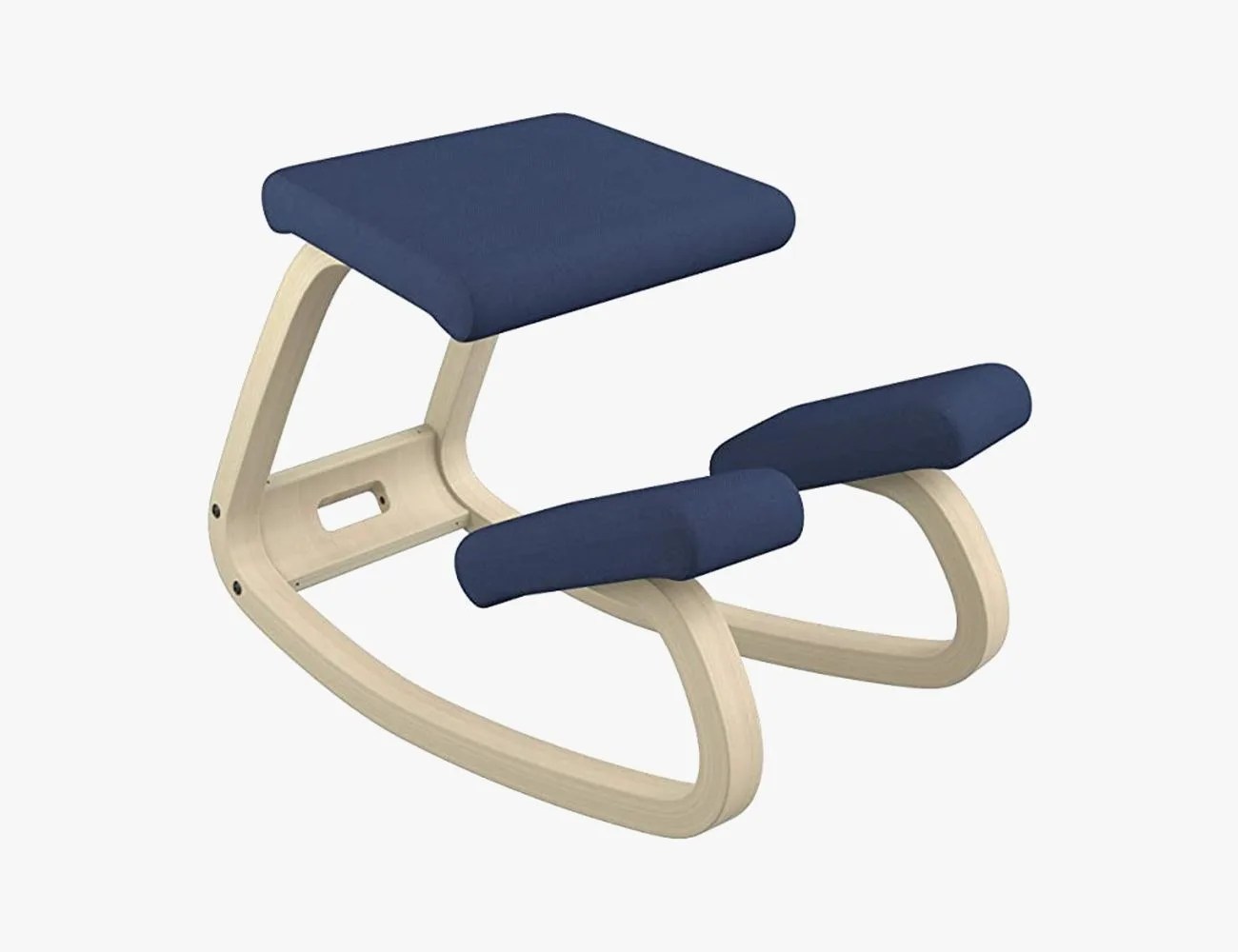In the words of Mac Miller, I’m way too young to be getting old — or to be having chronic back pain, at least. The reason for this premature pain, you ask? My staunch loyalty to a terrible office chair.
For 40-plus hours a week, I hunched over my laptop in a stiff wooden chair — the only piece of furniture preserved from my teenage bedroom that I hauled to college and used to accompany several desks after. Refurbished by my dad and me from a Craigslist find, the once-bright white paint had chipped where my body met its unforgiving frame, and, by the end of the day, my back felt like it packed more heat than a pizza oven. It was an ergonomic nightmare, but in the name of nostalgia, I persisted.
It wasn’t until I finally caved and bought the Variable Balans Ergonomic Kneeling Chair that I kicked my security chair to the curb – literally, with a Scotch-taped “Free” scrawled on the back of an envelope. Three days later, my back pain began to vaporize, as did the old chair. Some things really are better left in the past.
 Amazon
AmazonVarier Variable Balans Original Kneeling Chair
-
$349.00 (14% off)
Pros
- Ergonomic structure could relieve sitting-related pains
- Variety of positions to choose from
- Easy to assemble and tighten
- Beautiful, low profile design
Cons
- Expensive
- Non-adjustable seat and shin cushions
- Fabric pills after heavy use
- Loud creaks occur during movement
What Is a Kneeling Chair?
You guessed it: With a kneeling chair, you kneel instead of sit. Its namesake position is achieved with an angled seat that shifts your body forward, relying on two shin cushions to keep you from literally falling on your face. Traditional kneeling chairs, like mine, have a wooden rocker base, and, altogether, the thoughtfully designed elements create ease of movement for readjustments.
Freedom of movement is the main idea behind the kneeling chair, and it’s even written in the name “variable balans,” or variable balance. Kneelers are meant to adjust their positioning until optimal balance and comfort is achieved—and then to shift once that position gets stiff.



